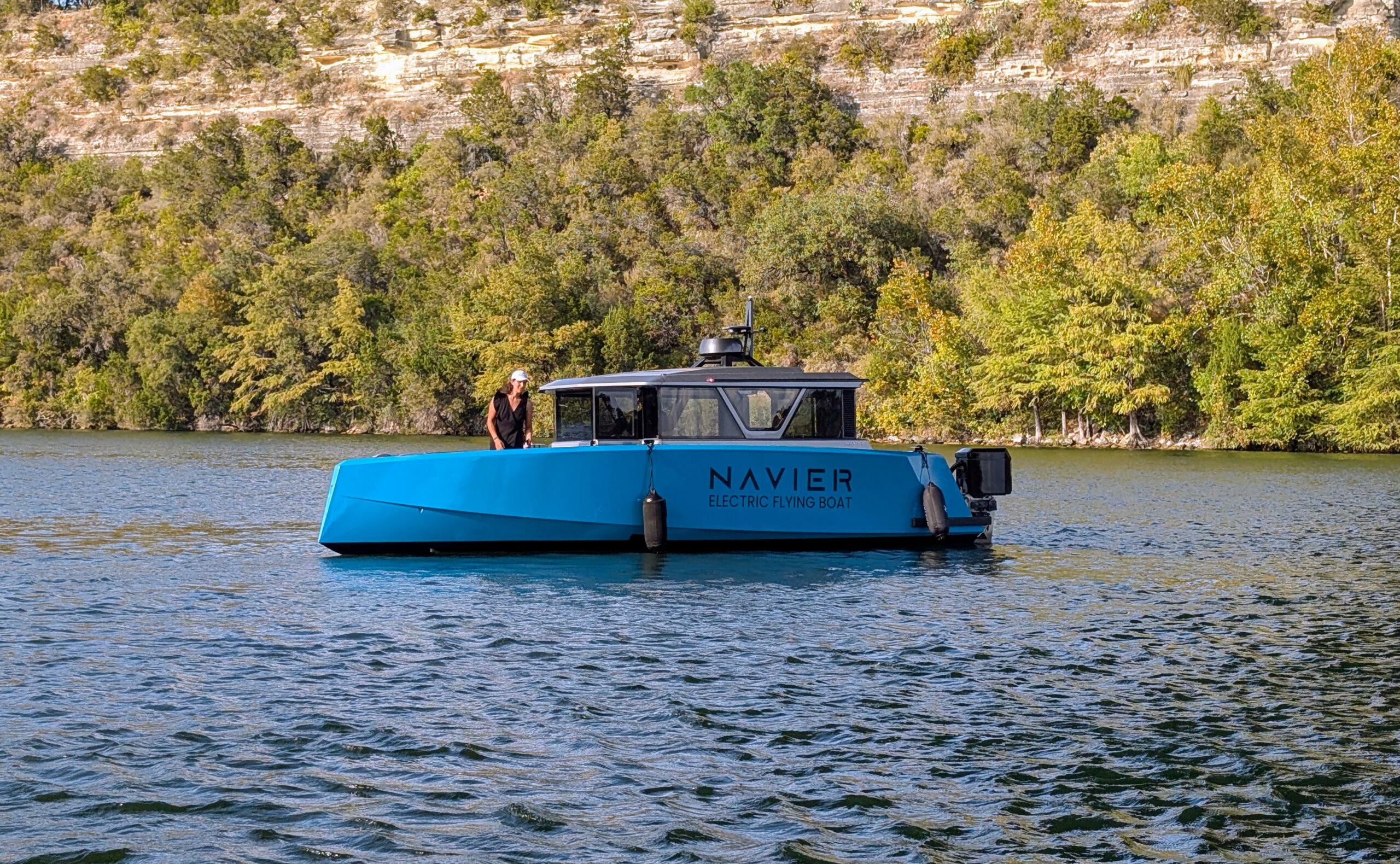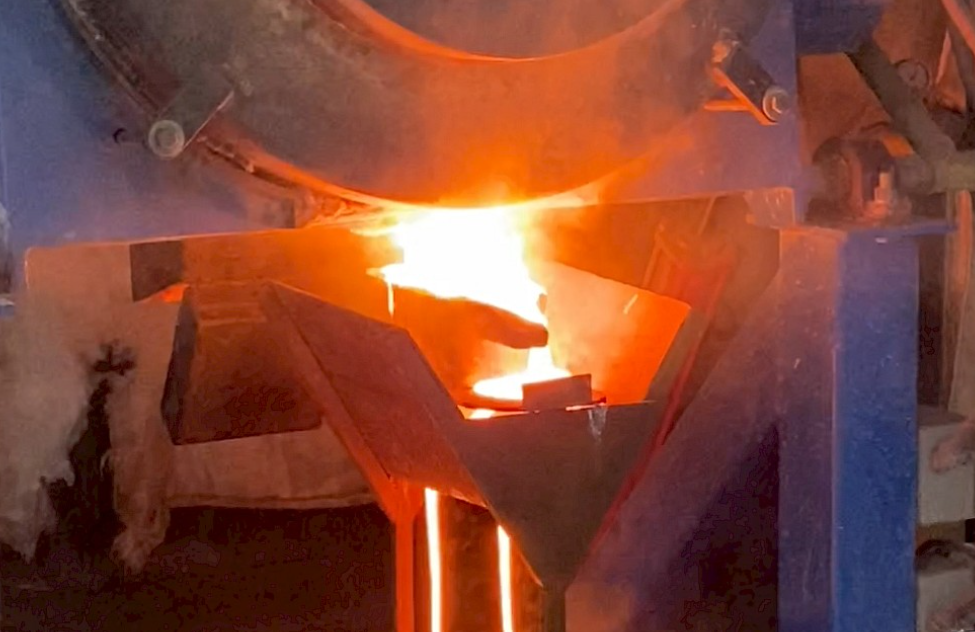Sign up for daily news updates from CleanTechnica on email. Or follow us on Google News!
People who believe in a clean renewable energy future (that would be most CleanTechnica readers), think virtual power plants will be a key component of that dream. Virtual power plants are able to absorb and discharge electricity on demand, spreading out the peaks and valleys so there is always perfect harmony between production and usage. Once that dream is realized, the cost of electricity will fall because there will be no need to pay for coal or oil or methane or nuclear fuel. All the energy we need will come from the sun, whether in the form of solar panels or wind turbines. “What a wonderful world it will be; what a glorious time to be free,” in the words of Steely Dan.
Bloomberg has an article about how the batteries in electric cars could play a major role in making the virtual power plants dream come true. It says, “One of the most important technologies for a clean power grid is sitting idle in your garage. That’s because electric cars aren’t just vehicles — they’re batteries as well. Unlocking their full potential could speed the integration of more wind and solar into the world’s electricity networks.”
It notes that in California, 7.3 gigawatts of grid-scale storage batteries have been installed recently, making it possible for the state to rely less on methane-powered speaker plants because batteries are charging up on dirt cheap midday solar power and discharging in the evening when electricity is most profitable and eliminating the need to switch on gas turbines. What’s remarkable, Bloomberg says, is that this has been achieved without tapping the state’s biggest resource of battery storage — electric cars. California’s 1.5 million EVs can provide roughly three times as much energy as its utility-scale batteries, but despite years of study the prospect of turning them into backup for the utility grid still seems remote.
2400 GWh Available For Virtual Power Plants
That’s a terrible waste, Bloomberg contributor David Fickling says. More than 90% of the 2,400 gigawatt-hours of rechargeable batteries in use globally are in electric vehicles, according to the International Energy Agency. With solar and wind now undercutting fossil fuels on cost, the biggest decarbonization challenge in the coming decade is not generating sufficient clean energy, but providing it at the right time — particularly the peak between 6 pm and 9 pm when the sun has set, commuter cars are parked, and household demand is strongest. That is the time when all those cars could become part of virtual power plants.
Millions of EVs charged during the day, when solar energy is being given away, could make money for their owners by discharging into the grid when the price of electricity increases in the early evening hours. No one would want their car battery to run flat just to power their neighbor’s television or air conditioner, but smart technology could allow owners to make 20% of their battery’s storage potential available in exchange for financial compensation from their local utility company.
There’s no major fundamental reason this isn’t happening. Rather, it’s a mix of small-scale hurdles, Fickling says. Consider the various participants in a potential vehicle-to-grid (V2G) market composed of virtual power plants. Utilities are generally in favor of technologies that help them avoid blackouts, but cars aren’t a great substitute for dedicated grid-connected batteries. Trying to predict the behavior of owners — whether they’re at home, whether they’ve plugged their car in, and whether they’ve set discharging limits so that they’ve got enough juice for a long intercity journey tomorrow — adds a whole new layer of complexity to the picture. As a result, they are unlikely to pay as much for V2G electricity as they would for electricity from a standalone battery farm.
Battery Degredation & Virtual Power Plants
Automakers are also reluctant, he says. With the EV market still in its infancy, battery degradation is a worry to many buyers. Automakers are assuaging those fears with warranties that typically run for 8 to 10 years, but a battery that is recharging and discharging every day to power the grid will likely degrade faster than one in more normal usage. The owner’s V2G profit would then become a warranty liability for car manufacturers.
There is evidence to the contrary, however. While it may seem obvious that more charge/discharge cycles will have a negative impact on battery life, researchers in the UK report that vehicle-to-grid systems can balance the calendar and cycling aging (both of which affect the rate of battery degradation) to optimize the battery condition and improve its health by 8.6 to 12.3% over one year, compared to conventional charging alone, which is equivalent to one extra year of use.
Professor James Marco of Warwick Manufacturing Group commented: “Our experimental research highlighted the potential to extend battery life by exploiting the unique capability of V2G chargers to both charge and discharge the vehicle battery. By careful optimization of this process and knowing how the battery performance may degrade over time, it is possible to condition the battery to extend its life in a number if situations when compared to conventional methods of vehicle charging.” One study doth not make reality, however. The truth is that there is simply too little data available to come to a firm conclusion on the effect of V2G technology on battery life.
Owners are also cool to the idea, Fickling says. Cars are idle 95% of the time. Using them as batteries when they’re parked seems the perfect way of paying off that car loan, but the relatively modest uptake of things like car-sharing and widespread indifference to depreciation costs suggests that owners aren’t all that interested in maximizing the returns on their investments.
A valuable payment from the grid for accessing a car’s battery that doesn’t interfere with an owner’s daily commute would be the perfect thing to whet the public’s appetite for including their electric car in virtual power plants, he suggests. That sort of generous payment with robust consumer guardrails, however, is likely to prove less attractive to utilities, which would rather deal with a dedicated battery farm than count on an unruly flock of householders being plugged in at the right time. All of this represents a tragic failure to exploit the clean-energy assets we have in an efficient way. While the world as a whole would benefit greatly from a full scale shift to V2G, most players would see only marginal advantages, or even disadvantages. If governments don’t intervene to break this deadlock, the current wasteful stagnation will persist, Fickling says.
The Takeaway
The lesson here seems to be that although virtual power plants sound great in theory, there are hurdles in the real world that will stand in the way of them happening. Some of them are theoretical — managing the batteries in millions of cars and trucks, for instance — and some of them are simply pure greed on the part of those who might see their business models interrupt if virtual power plants were to become the norm.
We might think that artificial intelligence could help manage the millions of permutations needed to make virtual power plants work, but that raises another countervailing concern. The data centers needed to make AI a reality use enormous amounts of electricity, which could short circuit their benefits. It hardly makes sense to use more electricity to help save electricity, does it? Reality has a way of disrupting how we implement our dreams for the future.
Have a tip for CleanTechnica? Want to advertise? Want to suggest a guest for our CleanTech Talk podcast? Contact us here.
Latest CleanTechnica.TV Videos
CleanTechnica uses affiliate links. See our policy here.





